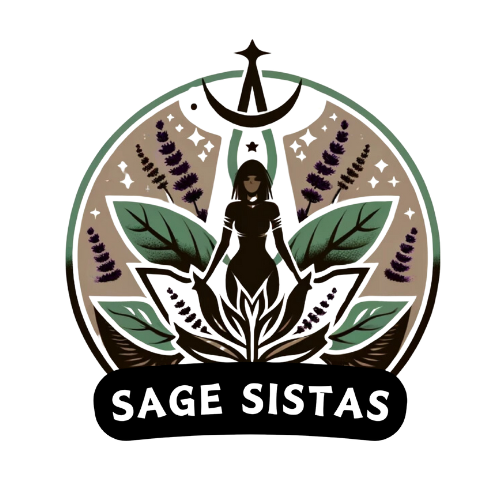Moringa peregrina
The Arabian Moringa, known as the "tree of life," is a revered symbol in Arab poetry and Islamic texts. It provides nutritious leaves and valuable oils. Moringa peregrina can purify water and fight malnutrition.
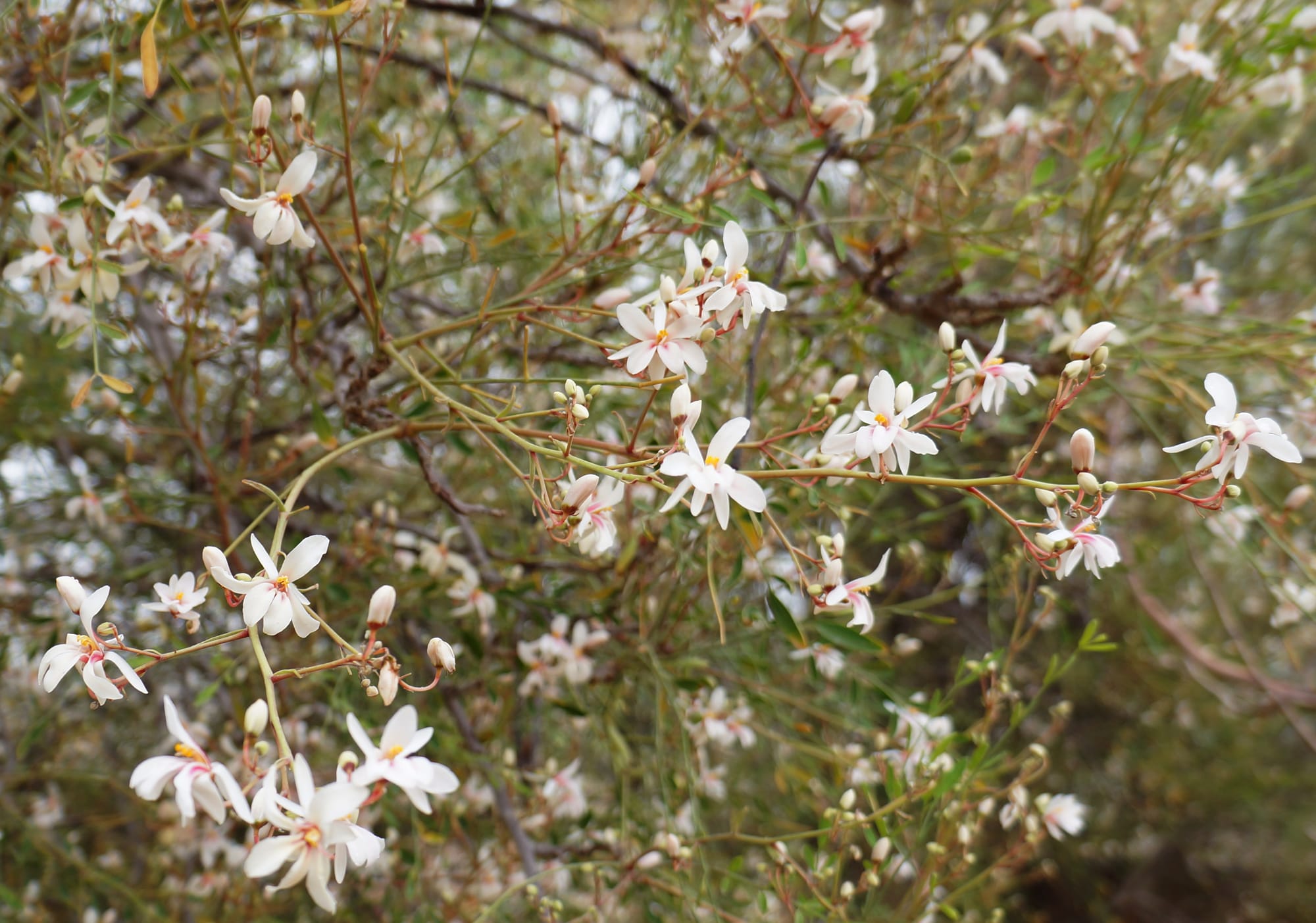
| Botanical name | Moringa peregrina |
| Arabic name | مورينغا |
| Family | Moringaceae |
| Native to: | Djibouti, Egypt, Eritrea, Ethiopia, Lebanon, Syria, Oman, Palestine, Saudi Arabia, Sinai, Somalia, Sudan, Yemen |
| Conservation status | Least concern |
| Medicinal part | All parts of the plant |
| Energetics | Cooling and drying / Bitter and mildly sweet |
| Organ Affinity | Digestive system, skin, bones |
Moringa peregrina is a unique and valuable tree species native to arid regions of the Middle East and parts of Africa. Also known as Arabian Ben Tree, Arabian Moringa, Love Tree, Yusr Tree, it is renowned for its resilience in harsh environments and has been traditionally used for its oil-rich seeds and nutritious leaves.
In the Sinai region, Moringa peregrina is the primary species of Moringa found. This tree, native to parts of the Middle East and East Africa, thrives in arid desert environments, including Sinai, due to its drought-resistant nature. Unlike the more globally known Moringa oleifera, which is native to India and cultivated worldwide, Moringa peregrina has its own unique properties and is highly valued by local communities, including Bedouins, for its medicinal and nutritional benefits.
In summary, Moringa peregrina is more adapted to arid desert climates and produces a higher oil yield, whereas Moringa oleifera is more commonly cultivated in tropical regions with a wider range of uses, including food and water purification.
Table of contents
BOTANICAL FEATURES
Morphology
Moringa peregrina is a deciduous tree, typically growing up to 10 meters in height. This height allows it to stand out in its native arid environments, where it often grows in rocky terrains and deserts. It has a slender trunk and an open, spreading canopy with sparse foliage.
Leave
The leaves are long and pinnate, with small, sparse, light green leaflets. This sparse foliage helps the tree minimize water loss, an essential adaptation to survive in arid regions like Sinai.
Flowers
The tree produces fragrant, creamy-white flowers in clusters. These flowers are not only aesthetically pleasing but also attract pollinators, playing a vital role in the plant's reproduction.
Stem
The stem is smooth and grayish-brown, providing a sturdy structure that supports its branches and foliage. Over time, the bark may become slightly rougher as the tree matures. The stem is highly resilient and helps the tree withstand the harsh desert climate, including strong winds and high temperatures.
Fruit They are elongated, slender seed pods. These pods can grow up to 30 centimeters in length and contain several large seeds. The pods turn brown as they mature, eventually drying out and splitting open to release the seeds.
Seeds The seeds themselves are large, round, and rich in oil, which is highly valued for its medicinal, cosmetic, and nutritional uses. They are known for their higher oil content, making them a significant resource for producing oil, especially in regions where the tree grows naturally. The oil extracted from the seeds is prized for its anti-inflammatory and antioxidant properties.
Habitat and adaptation Adapted to arid and semi-arid climates, Moringa peregrina is highly drought-resistant, making it ideal for cultivation in harsh environments where other plants might not survive.
Conservation status Moringa peregrina is considered to be a species of conservation concern in several regions due to habitat loss and overharvesting. While the tree is not globally listed as endangered, it faces localized threats, particularly in parts of the Middle East, including Sinai. The primary factors include:
- Habitat degradation: The loss of natural habitats due to agricultural expansion, urbanization, and deforestation is a significant threat.
- Overharvesting: The seeds and oil of Moringa peregrina are highly prized, leading to overharvesting of wild populations without sufficient replanting or sustainable management practices.
- Climate change: Increased desertification and changing environmental conditions can also affect its growth and survival in its natural habitat.
Ecological Benefits: Due to its robust nature and adaptability, Moringa peregrina is used in reforestation projects and ecological restoration, particularly in desert and semi-desert regions. This tree demonstrates significant drought tolerance, making it a valuable species for ecological and agricultural purposes in challenging climates. The resilience of Moringa peregrina is highlighted by its ability to thrive on rocky slopes and in environments where other species might struggle. The tree's adaptability is partly due to its cambial activity, which is the growth process that allows it to adjust to environmental conditions. Studies indicate that the cambial activity of Moringa peregrina is sensitive to climatic changes, particularly temperature and precipitation. This adaptation allows the tree to effectively manage its growth phases, contributing to its survival in variable and often harsh climates.
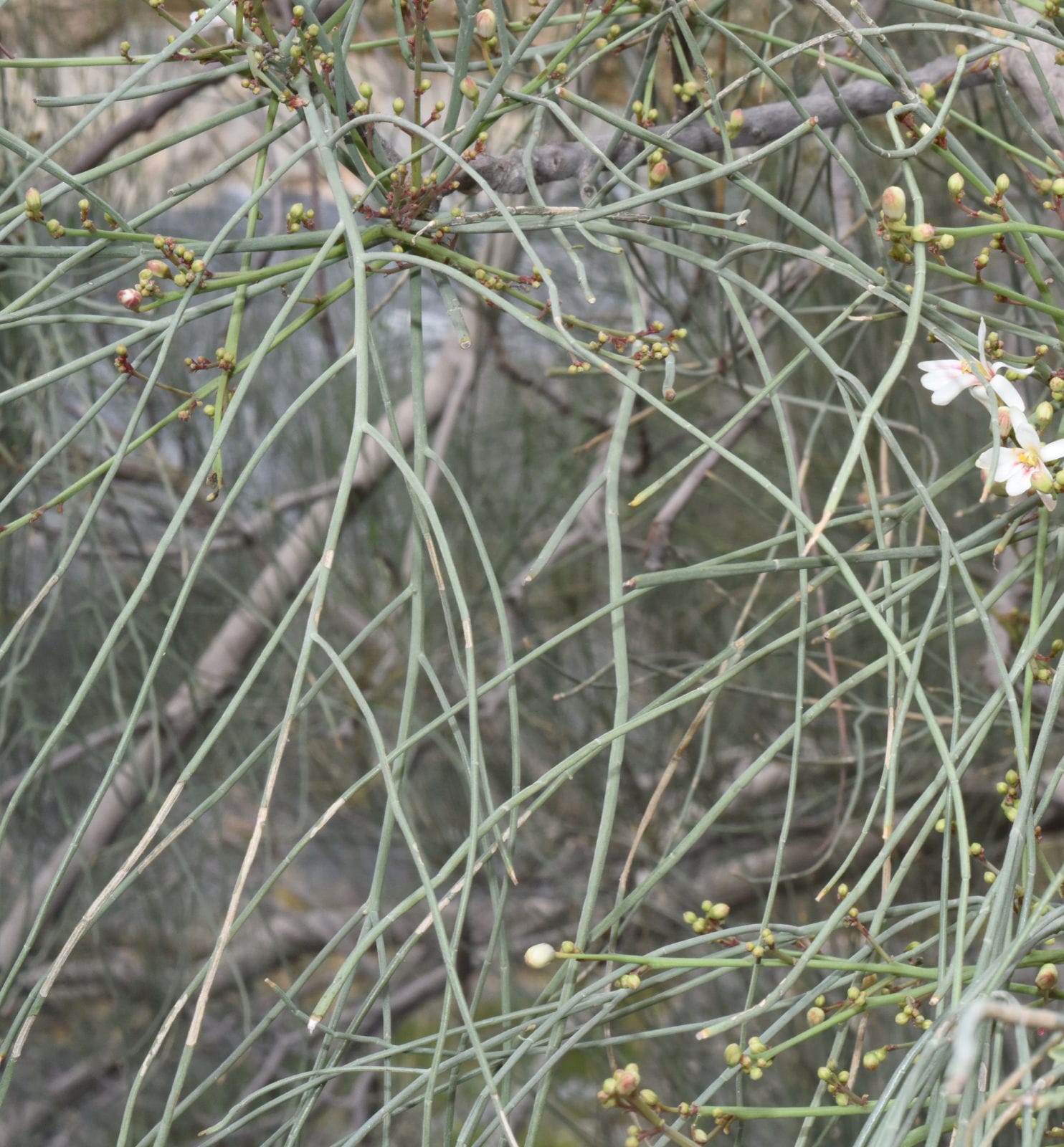
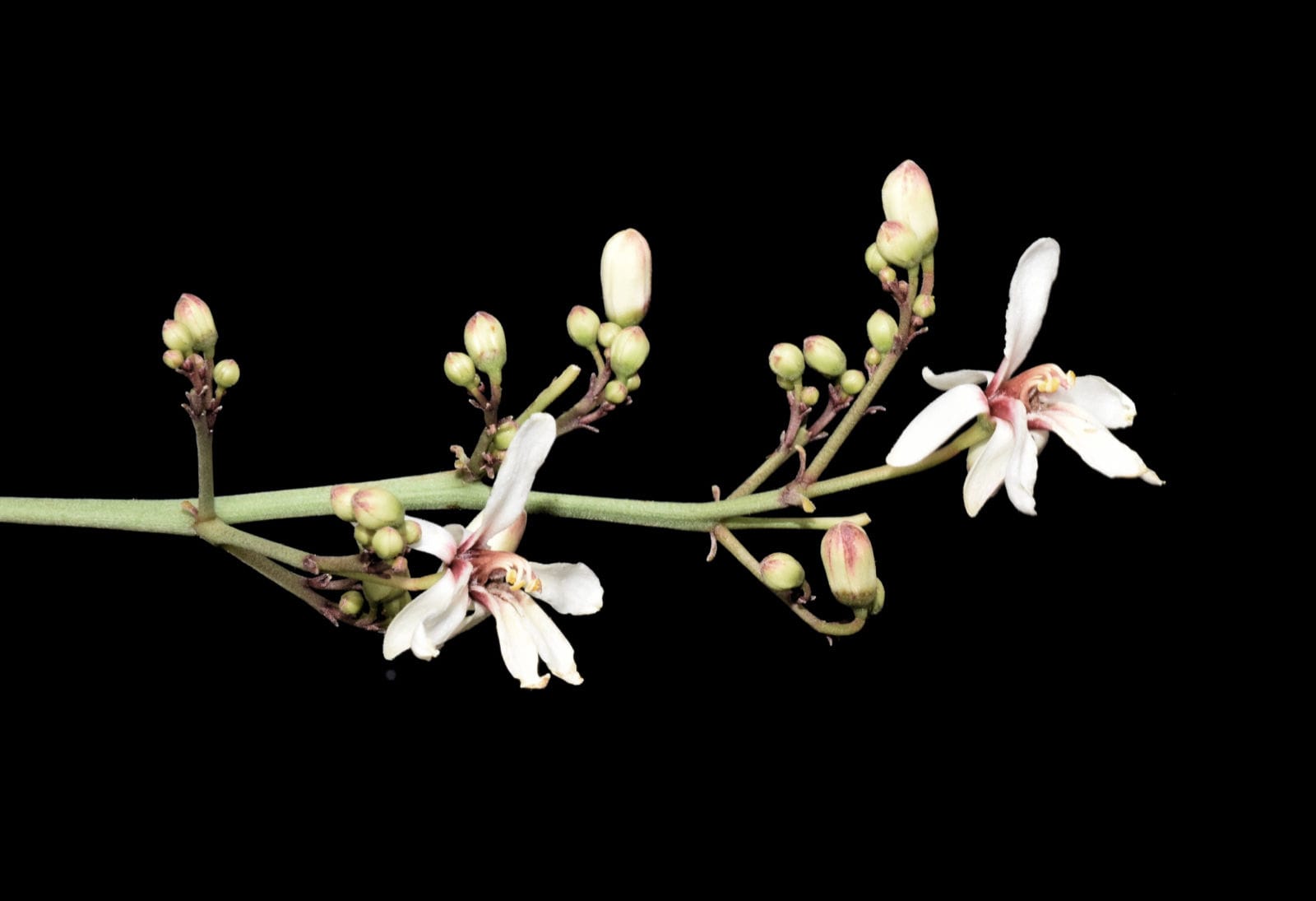
MEDICINAL PROPERTIES
according to scientific research
Antioxidant Capacity: Moringa peregrina seeds are especially notable for their high antioxidant content. Antioxidants are crucial for combating oxidative stress in the body, which can lead to chronic diseases such as heart disease and cancer. The seeds contain various types of antioxidants, including flavonoids and polyphenols, which enhance their protective effects.
Neuroprotective Effects: There's emerging evidence that suggests Moringa peregrina might have neuroprotective properties. This means it could potentially play a role in protecting against neurological diseases or reducing the progression of such conditions, due to its anti-inflammatory and antioxidant capabilities.
Anti-diabetic Potential: Like some other Moringa species, Moringa peregrina has shown potential in helping to manage blood sugar levels, which could be beneficial for people with diabetes. This effect is primarily attributed to compounds in the plant that help improve insulin sensitivity and reduce glucose absorption in the intestine.
Cholesterol-Lowering Effects: The oil from Moringa peregrina seeds can potentially lower cholesterol levels. This is due to the presence of beta-sitosterol, a plant sterol that has been shown to help reduce low-density lipoprotein (LDL) cholesterol, often referred to as "bad" cholesterol.
Hepatoprotective Properties: There's some research suggesting that Moringa peregrina might help protect the liver against damage from toxins and oxidative stress. This hepatoprotective effect can be particularly valuable in the treatment of liver diseases or in mitigating the effects of heavy metal exposure.
Lactation Benefits: Moringa peregrina is traditionally used to enhance breast milk production in nursing mothers. This use is not unique to Moringa peregrina, as other members of the Moringa family are also known for their galactagogue properties—substances that promote lactation. The exact mechanism is not fully understood but is thought to involve the high nutrient density of the plant, particularly its rich content of vitamins and minerals, which are crucial during the postpartum period.
Fighting Malnutrition: Moringa peregrina is notable for its role in fighting malnutrition, thanks to its high nutritional value. Moringa peregrina leaves and seeds are rich in essential vitamins (A, C, E), minerals (calcium, potassium), and contain high levels of protein and beneficial fatty acids like Omega 9. Its adaptability to arid environments makes it a sustainable food source in regions prone to food scarcity, effectively supporting nutritional intake and food security.
Water Purification: Moringa peregrina, traditionally overshadowed by Moringa oleifera in research, has shown significant potential in water purification. A study explored the use of M. peregrina seeds for this purpose, finding that the seed extract was particularly effective in removing turbidity, color, and various metals from both synthetic and real wastewater. Notably, the extract was most efficient at higher temperatures and ionic strengths, and the de-oiled seed extract maintained the purification capabilities of the raw seeds.
Anticancer Research: Research has also highlighted Moringa peregrina's potential in cancer treatment. A study conducted by the Department of Nutrition and Health at the United Arab Emirates University investigated the anticancer properties of various extracts of M. peregrina, including hexane, chloroform, acetone, and methanol extracts derived from its tubers, leaves, and stems. The chloroform extract from the stem was found to exhibit significant anti-proliferative effects against human breast cancer cell lines. This promising result underscores the potential of M. peregrina in developing new cancer therapies (MDPI).
HERBAL ENERGETICS
The energetics of a plant in herbal medicine refers to the qualities of the plant that affect the body, such as its temperature (hot or cold), moisture (dry or moist), and actions (stimulating or sedating). These qualities help determine how the plant interacts with the body’s systems.
Temperature: Cooling
Moringa peregrina helps balance excess heat in the body, making it beneficial for calming inflammation and soothing overactivity.Its cooling energetics make it a good choice for reducing excess fire or "pitta" imbalances, particularly in hot climates or during periods of inflammation.
Moisture: Drying
Its drying nature can help to clear dampness and stagnation, often associated with sluggish digestion or congestion. Moringa peregrina also has grounding properties, which support individuals who feel energetically scattered or depleted, helping to restore stability and vitality, its strengthening qualities nourish and revitalize the body, mind, and spirit.
Taste:
-
Bitter
The bitterness in Moringa peregrina is a key aspect of its cleansing and detoxifying actions. In herbal energetics, bitter tastes stimulate digestion by activating digestive enzymes and bile production. This helps to improve metabolism, detoxify the liver, and support the body’s natural elimination processes. Bitter herbs are traditionally used to clear heat, resolve inflammation, and reduce toxins from the body, making them helpful for people with issues related to excess heat or sluggish digestion. -
Mildly sweet
The mildly sweet undertone of Moringa acts as a balancing element to its bitterness. In energetics, sweet-tasting herbs are considered nourishing and restorative. This subtle sweetness offers a gentle grounding effect, helping to replenish energy and build vitality. Sweetness is often associated with the ability to nourish tissues, soothe irritation, and promote overall balance within the body, helping to counteract the intensity of the bitter taste.
CONTRAINDICATIONS
Pregnancy and Breastfeeding:
The use of Moringa peregrina, particularly the roots and bark, should be avoided during pregnancy as they may have uterotonic effects (stimulating uterine contractions), which could increase the risk of miscarriage.
While there is insufficient research on the effects of Moringa peregrina during breastfeeding, caution is advised due to a lack of data on its safety for nursing infants.
Low Blood Pressure:
Moringa peregrina may have hypotensive (blood pressure-lowering) effects. Individuals who are on medication for low blood pressure or those already prone to low blood pressure should be cautious, as consuming Moringa peregrina could further reduce blood pressure, leading to dizziness, fainting, or other complications.
Blood Sugar Regulation:
Although Moringa peregrina is used to manage diabetes due to its blood sugar-lowering properties, individuals taking medications for diabetes or insulin therapy should monitor their blood sugar levels closely. The combined effect of Moringa peregrina and medications may cause hypoglycemia (dangerously low blood sugar).
Thyroid Conditions:
Certain compounds found in Moringa peregrina may affect thyroid function. People with thyroid conditions (such as hypothyroidism or hyperthyroidism) or those on thyroid medication should consult a healthcare professional before using it.
Toxicity in Large Quantities:
The roots of Moringa peregrina contain alkaloids and other compounds that may be toxic in large amounts. Consumption of the roots, especially over extended periods, should be limited or avoided to prevent potential toxicity.
ISLAMIC TRADITION
For centuries, the moringa tree has been woven into the fabric of Arab culture, not just for its utility but as a symbol of beauty and elegance in poetry, likening its slender branches to feminine grace. Often celebrated as the "tree of love," its aesthetic appeal is matched by its functional prowess, being called the "tree of life" and the "tree of ease" or "serenity" (Yusr in Arabic).
The cultural significance of moringa extends into Islamic tradition, where it's the subject of scholarly debate regarding its mention in the Quran. In Surah Al-Mu'minun, the scripture describes a tree from Mount Sinai that produces oil and seasoning, traditionally thought to be the olive. However, some argue this tree is actually the moringa, especially given the absence of olive trees in historical explorations of Sinai, where moringa thrives instead.
Local Bedouins have used the tree for medicinal purposes, such as treating eye infections by applying twisted stems to the eyes. Additionally, the tree's oil is cherished by women for its antioxidant properties, used as a natural anti-wrinkle cream and hair strengthener. The Bedouins also value the moringa for its benefits in lactation, recommending against boiling it to preserve its properties.
This blend of beauty, utility, and sacredness makes the moringa tree a recurring theme in Arab poetry, where poets like Al Mutanabbi have immortalized its elegance, comparing its sway to the grace of a beloved, embodying both strength and flexibility.
This deep cultural reverence underscores the tree's multifaceted roles, from a poetic symbol to a practical resource, illustrating its enduring legacy in Arab heritage.
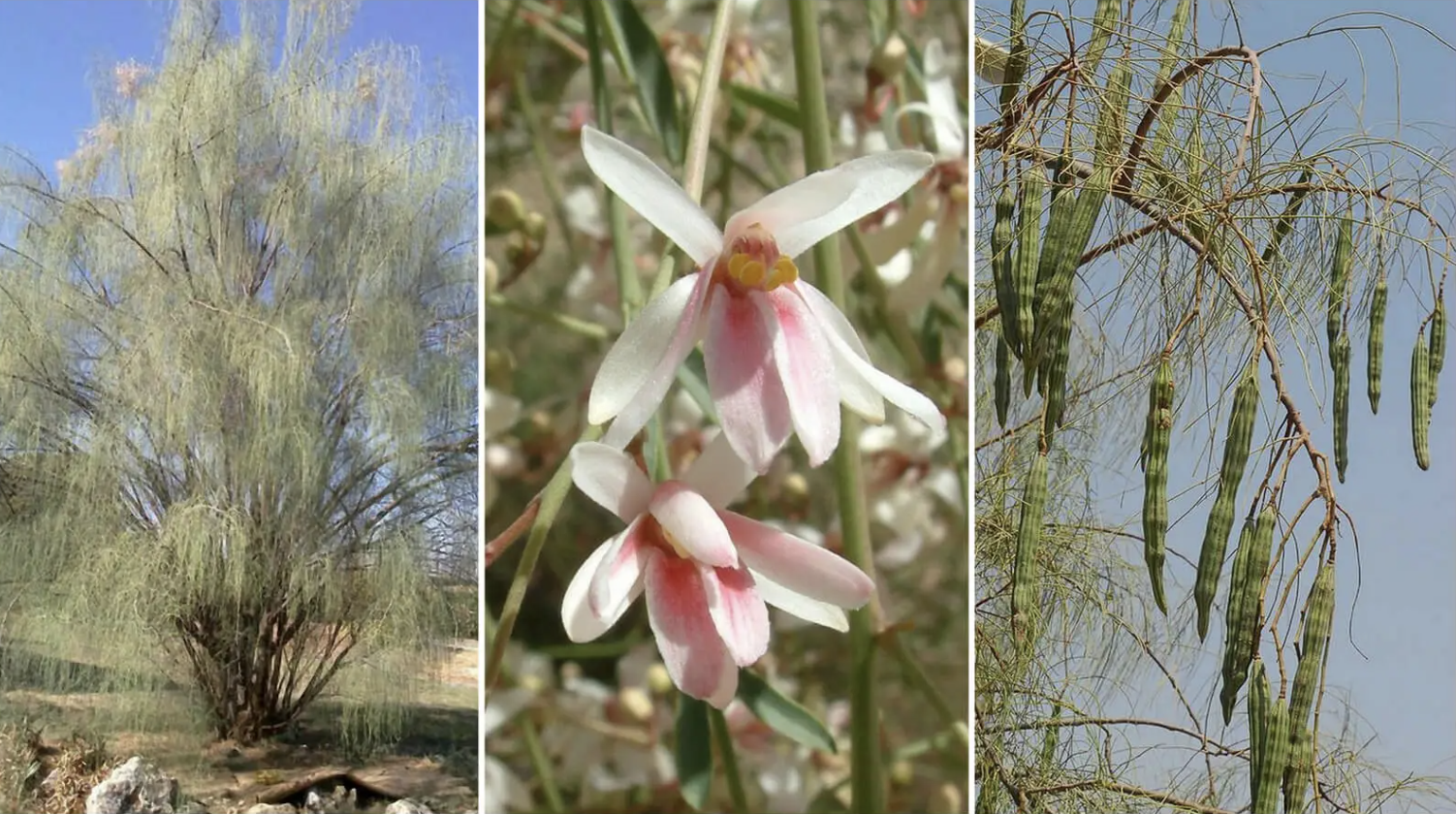
EXTERNAL REFERENCES:
- Frontiers in Plant Science - Article on the cambial activity of Moringa peregrina: Cambial Activity of Moringa peregrina in Arid Environments
- Wikipedia - General information about Moringa peregrina, including its range and habitat: Moringa peregrina on Wikipedia
- Egyptian herbal monograph on Moringa peregrina by Egyptian Drug Authority (EDA)
- Plants of the world online- Royal botanical gardens KEW
